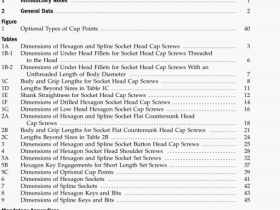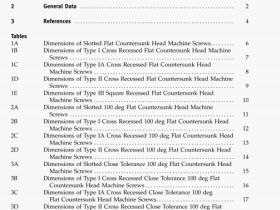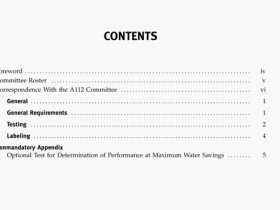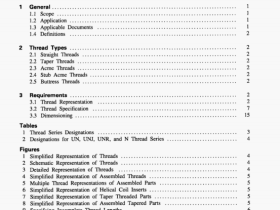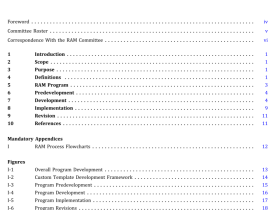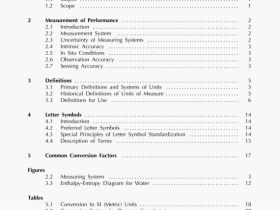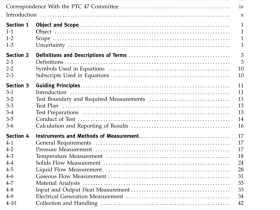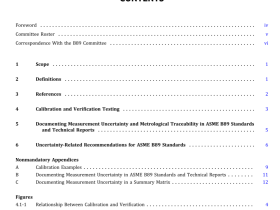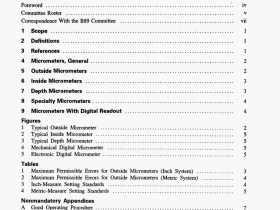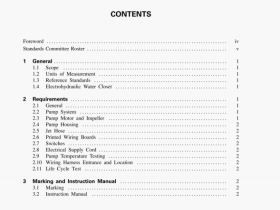ASME B20.1-2006 pdf download

ASME B20.1-2006 pdf download.Safety Standard for Conveyors and Related Equipment.
belt tripper: a device incorporating a system of pulleys that causes the conveyor belt to discharge material at one or more points along the length of the conveyor.
boom: a cantilevered member or structure that may be hinged, fixed, or pivoted.
brake: a friction device for slowing down conveyor components, bringing conveyor equipment to a controlled stop, holding traveling or traversing equipment in a selected location, preventing reverse travel, and controlling overspeed due to the action of gravity.
bunker: a large bin or compartment for storage of bulk materials.
car unlider: a type of conveyor characterized by a shallow, horizontal loading section that enables it to receive and unload material from hopper bottom cars without requiring a pit or other excavation.
carrier:
(a) a device attached to or hung from trolleys to support the load
(b) the receptacle in which objects are placed for transmittal through a conveying system
(c) the moving part of a vertical or inclined reciprocating conveyor that supports the load
chain: a series of links pivotally joined together to form a medium for conveying or transmitting motion or power. General classes of chain common to conveyers are detachable, pintle, combination, roller, rivetless, coil, inverted tooth, and bar link chains.
chute: a trough through which bulk materials or objects are directed and lowered by gravity. The trough may be open or enclosed, straight or curved.
control: the system governing the starting, stopping, direction of motion, acceleration, speed, retardation, identification, and function of the moving member in a predetermined manner.
controller: an electromechanical device or assembly of devices for starting, stopping, accelerating, or decelerating a drive or serving to govern in some predetermined manner the power delivered to the drive.
conveying medium: that portion of a conveyor that moves or carries materials, packages, or objects.
conveyor: a horizontal, inclined, or vertical device for moving or transporting bulk material, packages, or objects in a path predetermined by the design of the device and having points of loading and discharge, fixed or selective. Included are skip hoists and vertical reciprocating and inclined reciprocating conveyors. Typical exceptions are those devices known as industrial trucks, tractors, trailers, tiering machines (except pallet load tierers), cranes, hoists, power shovels, power scoops, bucket drag lines, trenchers, platform elevators designed to carry passengers or an operator.
conveyor, live roller: a series of rollers over which objects are moved by the application of power to all or some of the rollers. The power-transmitting medium is usually belting or chain.
con veyor, mobile: conveyor, supported on a structure, which is movable under its own power and includes, but is not limited to, radial stackers, winged stackers, reclaiming convevors, and shiploaders. These conveyors normally handle bulk material.
conveyor, oscillatinc: a type of vibrating conveyor having a relatively low frequency and large amplitude of motion, usually powered by a rotating eccentric.
conveyor, overland: a single or series of belt conveyors designed to carry bulk material across country, usually following the general contour of the land.
conveyor, portable: a transportable conveyor that is not self-propelled, usually having supports that provide mobiit
conveyor, power and free: a conveying system wherein the load is carried on a trolley or trolleys that are mechanically propelled through part of the system and may he gravity or manually propelled through another part. This arrangement provides a means of switching the free trolleys into and out of adjacent lines. The spur or subsidiary lines may or may not be powered.
conveyor, pusher bar: two endless chains cross-connected at intervals by bars or rotatable pushers that propel the load along the bed or trough of the conveyor.
conveyor, reciprocating: a conveyor where the carrier or pusher moves forward and back, or up and down, in the same plane.
conveyor, roller: a series of rollers supported in a frame over which objects are advanced manuall by gravity or by power.
